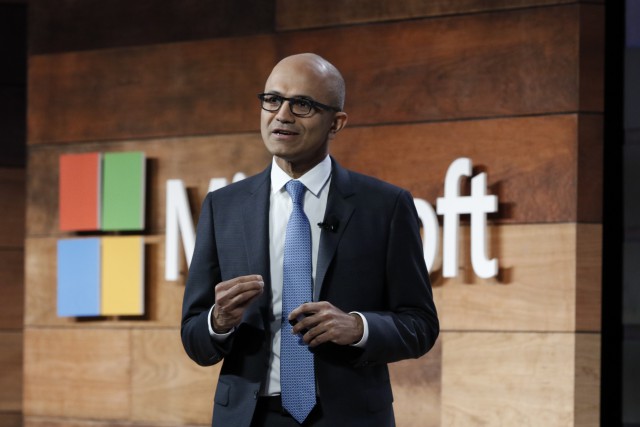Microsoft Quantum Programming Tools Aim At Future Computers

IGNITE 2017: Microsoft announced a quantum computer programming language integrated with Visual Studio on the first day of the Ignite conference
Quantum computers may be a decade or more away from becoming a reality, but that didn’t stop Microsoft from announcing programming tools for them on Monday at its Ignite conference in Orlando, Florida.
The company, which said it has invested for 12 years in building a quantum computer, announced a programming language for computers based on quantum physics and said the language is to be integrated into its popular Visual Studio software development tools. It is to offer features such as debugging tools, Microsoft said.
Free language, simulators
The language, whose name wasn’t announced, is to be available for free by the end of this year, along with quantum computer simulators that uses can run on their own systems or on Microsoft’s Azure cloud platform.
While the bits current computers rely on can represent either a 1 or a 0 at any given time, quantum computers are based on quantum bits, or qubits, which can represent both a 1 and a 0 simultaneously.
Researchers believe this should mean an enormous advance in carrying out computing tasks, such that quantum computers could theoretically solve problems in minutes that might take millions of years on a conventional supercomputer.

Companies including IBM and Google have built and tested small assemblies of qubits, and IBM has made prototype quantum chips available via the cloud, along with a software development kit programmers can use to experiment with it. Startup Rigetti Computing also offers a set of quantum programming tools called Forest.
Microsoft has been pursuing a means of producing qubits based on the manipulation of subatomic particles called Majorana fermions, which it believes should reduce the instability inherent in the technology and make it less error-prone, but it hasn’t yet created a working quantum bit.
Key future area
In the meantime, the programming language strategy gives it a way of putting its foot in the door of what some industry observers see as a key future area of computing.
“Although wide scale quantum-based solutions won’t arrive for another decade, Microsoft is now showcasing its new tools that put a marker down on the next shift in computing and cloud services,” said CCS Insight vice president for enteprise research Nick McQuire in a research note. “Along with artificial intelligence, this is the next frontier of competition amongst the major cloud providers.”
![]() Microsoft is pitching quantum computing as part of its successful cloud strategy, which it said it sees as a critical area for the company’s future, along with artificial intelligence (AI) and mixed reality. At Ignite, chief executive Satya Nadella said he sees quantum computing being made available via cloud platforms such as Azure to help achieve breakthroughs in areas such as climate change and medicine.
Microsoft is pitching quantum computing as part of its successful cloud strategy, which it said it sees as a critical area for the company’s future, along with artificial intelligence (AI) and mixed reality. At Ignite, chief executive Satya Nadella said he sees quantum computing being made available via cloud platforms such as Azure to help achieve breakthroughs in areas such as climate change and medicine.
AI and mixed reality
The company also announced AI features for its Dynamics 365 business suite, including virtual assistants that can help reduce support costs and tools to evaluate the sentiment of customer communications in order to measure the health of the relationship.
The company demonstrated mixed reality approaches including integrating the HoloLens headset with Microsoft 365, Teams and Dynamics applications, indicating ways it could be used to improve collaboration.
Microsoft also announced SQL Server 2017 is to be generally available as of 2 October for Linux, Docker and Windows, with features including a graph engine and automatic tuning.
How well do you know the cloud? Try our quiz!